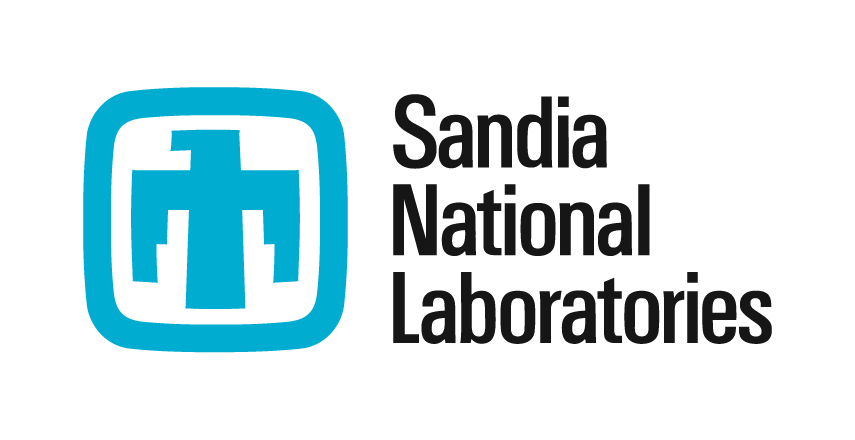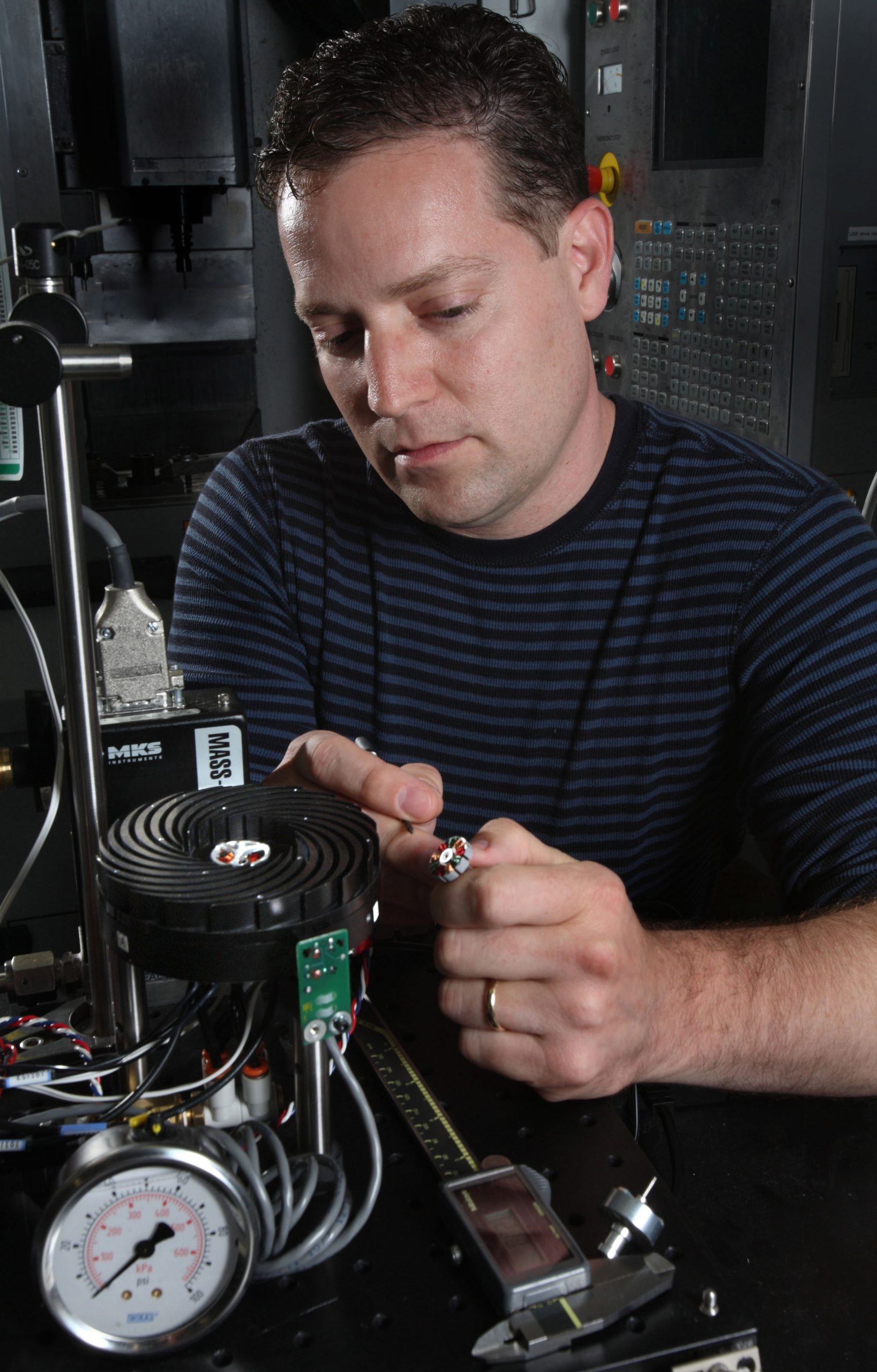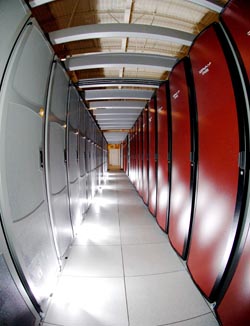November 15, 2011 • ALBUQUERQUE, N.M.—The list of supercomputers entered in the Graph500 competition now features 50 competitors, up from nine in its initial release a year ago, said Sandia National Laboratories researcher Richard Murphy, chair of the Graph500 steering committee. New rankings were released Tuesday in Seattle at SC2011, the international conference for...
Categories: Computing, Operations / Budget














